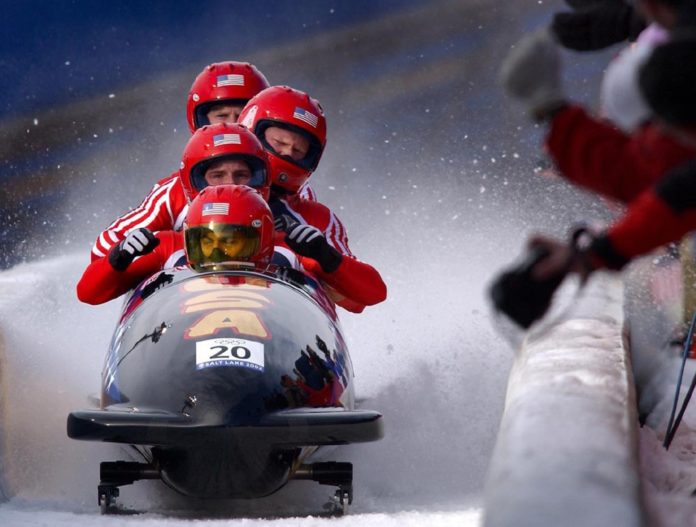The 2022 Winter Olympics are currently underway in Beijing, but according to new research from the University of Waterloo, this international sporting event’s days may be numbered. With climate change drastically altering weather patterns across the globe, fewer and fewer cities will be able to safely host winter sports in the years to come.
The study was led by Daniel Scott, a professor of Geography and Environmental Management at the University of Waterloo, and published in Current Issues in Tourism.
Keeping winter sports fair and safe
While essentially all sports will be affected by climate change in the years to come, winter sports face particular risks. Sports such as bobsledding and alpine skiing rely on cool winter conditions — and changes to these conditions not only affect athletes’ performances, but may also put them at greater risk of injury.
To learn more about how changing weather patterns are affecting these sports, Scott and colleagues surveyed Winter Olympics coaches and athletes on the conditions they deem to be safe, fair, and ideal for their performance. The survey included questions about temperatures, snow quantity and quality, and rain, among other weather patterns.
Numerous athletes cited unseasonally high temperatures as a particular cause for concern. For example, one freestyle skiing athlete mentioned that warm temperatures can make the course slushy, leading to unsafe landing conditions after jumps.
Based on these responses, the researchers created four parameters that can be used to quantify the safety level of a given set of weather conditions. These parameters include the level of snowfall, the level of rainfall, how wet the snow is, and the current temperature. They also defined threshold safety levels for each of these parameters (for example, more than 1 millimetre of rainfall in a day was considered unsafe).
The number of viable host cities is dwindling
Using these parameters, the team then assessed whether the past 21 host cities of the Winter Olympics would be up to safety standards today. They also projected how far into the future these cities would continue to be safe if climate change proceeds at its current rate, or if we switch to a lower emission future.
Alarmingly, many previous hosts of the Winter Olympics would be unsafe hosts today. This includes Sochi, which hosted the event in 2014 and which was affected by warming temperatures even then.
Looking forward into the future, the authors predict that very few cities in their sample will continue to be safe, reliable hosts for winter sports. In fact, under a high carbon emission scenario, only Sapporo will remain viable by the end of the century.
“Climate change is altering the geography of the Winter Olympic Games and will, unfortunately, take away some host cities that are famous for winter sport,” said Robert Steiger, an associate professor at the University of Innsbruck and co-author of the study, in a press release.
“Most host locations in Europe are projected to be marginal or not reliable as early as the 2050s, even in a low emission future.”
In the low emission scenario — where the Paris Climate Agreements are met — eight of the 21 cities will remain viable hosts by the end of the century. Yet the team’s findings remain a stark reminder of how climate change will continue to impact every aspect of our lives.
“No sport can escape the impacts of a changing climate,” said Scott.
“Achieving the Paris Agreement targets is critical to save snow sports as we know it and ensure there are places across the world to host the Winter Olympics.”








































